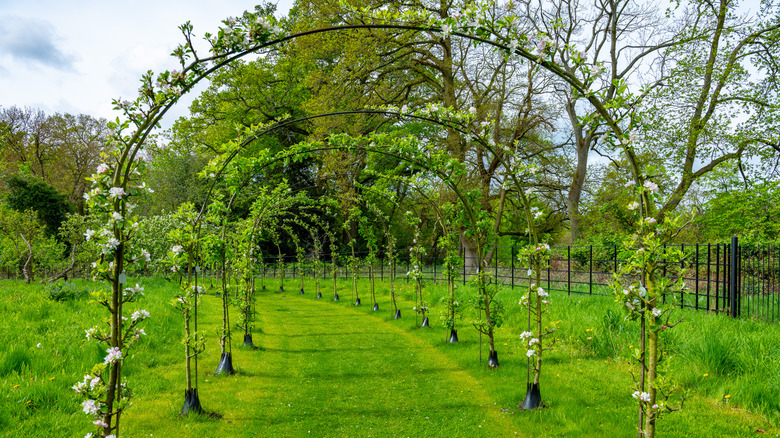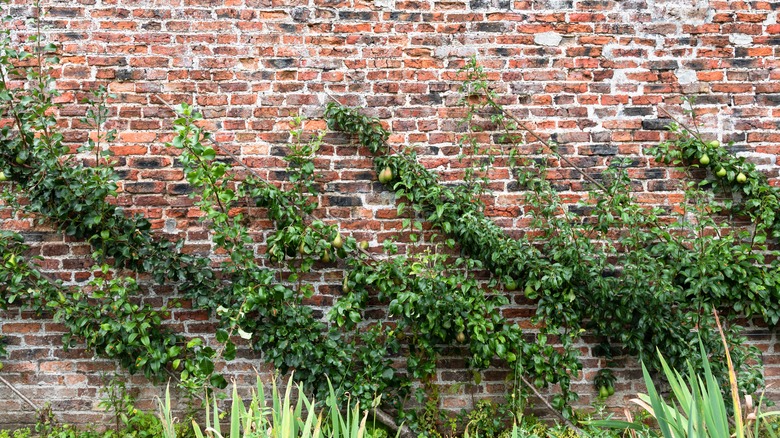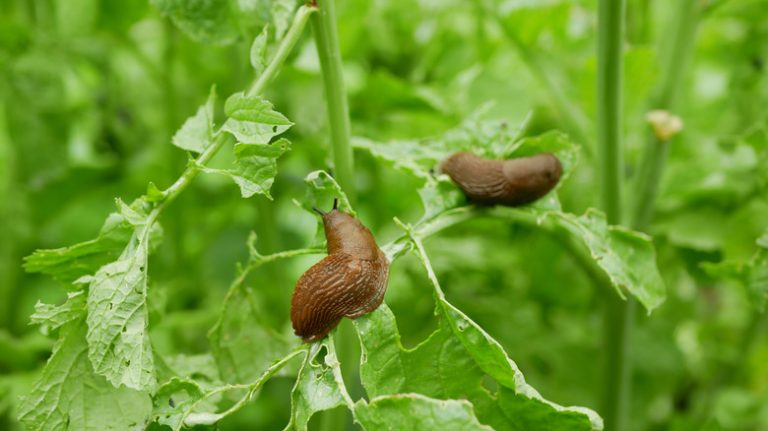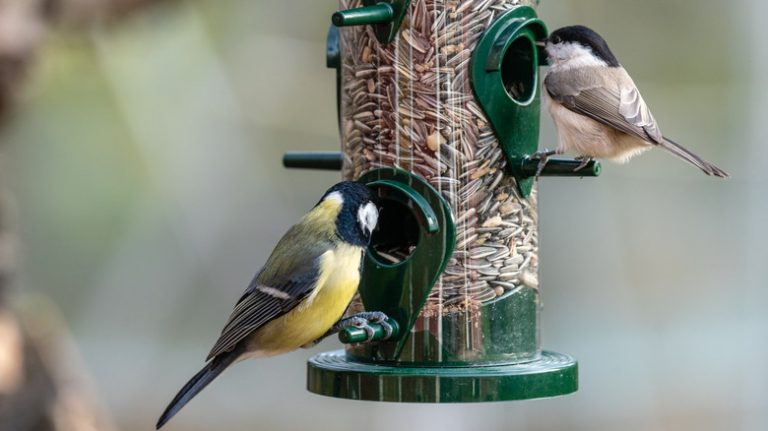Having an orchard of flowering, fruit-bearing trees can be an excellent addition to your yard, but it’s often only possible when you have a lot of space to dedicate to that many trees. An alternative planting method, called cordon growing, allows you to plant numerous trees in a small area, allowing for more potential yield of your favorite fruits, including apples, plums, gooseberries, and cherries. When you plant your fruit trees as cordons instead of plants that grow upright with numerous outward-spreading branches, you can make much better use of the space.
Cordon growing is the process of training a plant to grow along a trellis-like system, with a single main trunk and stem rather than numerous branches. With this method, which can be done vertically as well as horizontally, you can place each plant closer to each other, supported by an archway in the middle, allowing the plant to have ample support to produce fruit. Not all plants can grow this way, and you will need to learn to perfect this method to ensure you are pruning them properly. With a bit of work and a few years of effort, you’ll notice significant growth and more fruit production.
How cordons work to produce fruit

Cordons are more versatile than many may realize. Though the traditional structure is an archway, allowing for plants to grow up and over the top with support, producing fruit that hangs below, there are other designs as well. They can be planted into containers rather than in the ground if you don’t have a lot of space. You can also use them along a fence or bare wall to provide structure. The premise is the same throughout this process. You’ll train the tree to grow upwards along the support and concentrate its efforts on a single stem and trunk for fruit production. In all methods, the compact design of cordons allows you to produce fruit even if you have a limited amount of space.
Oblique cordons feature just one stem that you’ll prune and maintain at a 45-degree angle. A vertical cordon, which can have more than one stem, features a support structure, like an archway, either with a single “U” shape or a double “U” shape. The third option is a horizontal cordon, which is a stepover style that grows lower to the ground but follows the same design.
Various fruits, including cherries, currants, and apples, can be grown in this manner. You can use this method to grow tomatoes on a vine or to produce pears and plums. You can purchase plants pre-trained and pruned for this specific purpose, or you can select trees and then prune and train them yourself.
How to grow fruit trees as cordons

Before you can purchase and start growing these fruit trees, you’ll need to have a support structure in place. You can purchase pre-designed trellis systems and archways specifically designed for cordon growing. You can also purchase wire and create your own. The key here is to ensure there is ample support based on the weight of the type of fruit you plan to grow. If you don’t want to add a new structure, consider allowing the plants to grow against a shed wall or along a fence. Once your structure is ready and you’ve purchased pre-trained plants (for the easiest option as a beginner), you can start to grow them.
Typically, you’ll position the plant against the support structure, leaving at least 2 feet between each plant. Be sure to plant them in the ground or containers with high-quality, nutrient-rich soil. Tie the plant to the structure so that it maintains that position over time as it begins to grow. You’ll then need to learn to prune trees the right way, typically aiming to remove any side shoots that form, helping the tree to focus all of its energy on the production of the leading shoot. You’ll need to trim back these shoots consistently. Each variety is a bit different in terms of what you can expect, but all cordons can take some time to train properly. You’ll likely see fruit the first year, with better harvests in the years to come.



